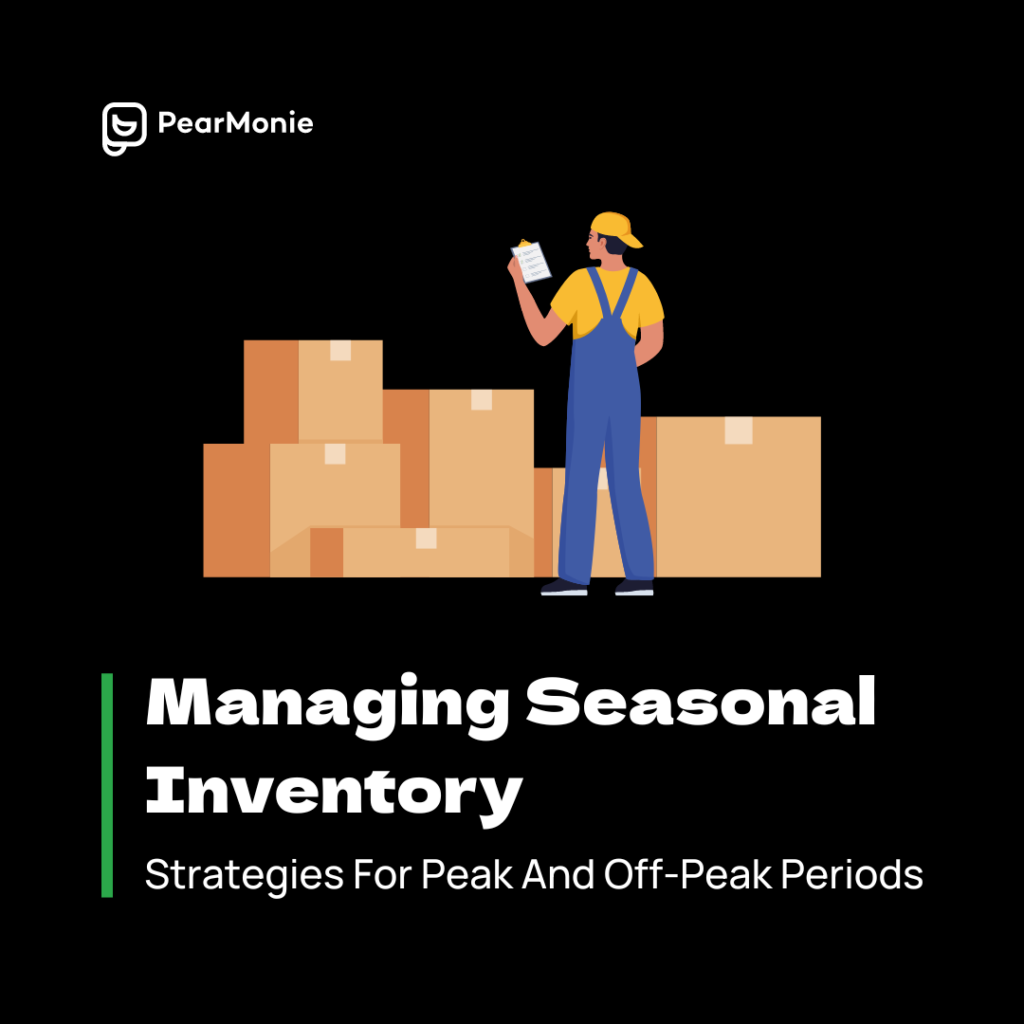For businesses that experience seasonal fluctuations in demand, effectively managing inventory becomes a critical aspect of maintaining profitability and customer satisfaction.
Whether you face peak periods of high demand or off-peak periods with lower sales volume, implementing sound inventory management strategies is key to optimizing operations and maximizing revenue.
Below are the various approaches to managing seasonal inventory. These approaches will provide you with valuable insights and practical strategies to navigate both peak and off-peak periods successfully.
Analyze Historical Data
Start by analyzing historical sales data to identify patterns and trends associated with your seasonal inventory.
Examine previous peak and off-peak periods, sales volumes, and customer preferences.
This analysis will help you forecast demand accurately, anticipate inventory needs, and make informed decisions for each season.
Develop Sales Forecasts
Based on your analysis, develop sales forecasts for both peak and off-peak periods. Consider external factors such as holidays, industry trends, and economic conditions that may impact consumer behavior. Accurate sales forecasts enable you to align your inventory levels with anticipated demand, reducing the risk of overstocking or stockouts.
Plan Procurement and Production
With sales forecasts in hand, plan your procurement and production accordingly.
During peak periods, ensure you have sufficient inventory levels to meet customer demand.
Explore options like pre-ordering, negotiating with suppliers for volume discounts, or outsourcing production to manage increased sales volumes effectively.
During off-peak periods, optimize your inventory levels by ordering smaller quantities or implementing just-in-time (JIT) strategies.
This approach helps minimize carrying costs and prevents excess inventory from tying up valuable resources.
Implement Demand-Driven Replenishment
Implement a demand-driven replenishment system to maintain optimal inventory levels.
This system ensures that stock is replenished based on actual sales data, reducing the chances of overstocking or stock outs.
Utilize inventory management software or systems that integrate with your sales channels and provide real-time data for efficient replenishment.
Optimize Supply Chain Collaboration
Collaborate closely with suppliers and distributors to streamline the supply chain during seasonal fluctuations.
Establish clear communication channels, share sales forecasts, and negotiate flexible terms to adapt to changing demand patterns.
By building strong relationships with your supply chain partners, you can improve responsiveness, minimize lead times, and enhance overall efficiency.
Leverage Promotions and Discounts
During off-peak periods, consider implementing targeted promotions, discounts, or bundle offers to stimulate sales and clear excess inventory.
Strategic pricing strategies can help increase customer interest and drive sales, ensuring a healthy turnover rate and reducing carrying costs.
Monitor Inventory Performance
Regularly monitor and analyze key inventory performance indicators to gauge the effectiveness of your seasonal inventory management strategies.
Keep a close eye on metrics such as inventory turnover, sell-through rates, and order fulfillment accuracy.
This monitoring allows you to make timely adjustments, identify areas for improvement, and refine your approach for future seasons.
Conclusion
Managing seasonal inventory requires a proactive and strategic approach to maintain optimal stock levels, minimize costs, and meet customer demands during peak and off-peak periods.
By analyzing historical data, developing accurate sales forecasts, planning procurement and production, implementing demand-driven replenishment, optimizing supply chain collaboration, leveraging promotions, and monitoring inventory performance, businesses can navigate seasonal fluctuations successfully.
Remember, your business may have unique seasonal inventory challenges, so it’s essential to tailor these strategies to your specific industry and customer base.
With effective seasonal inventory management, you can ensure a seamless customer experience, maximize profitability, and position your business for long-term success in a dynamic marketplace.
